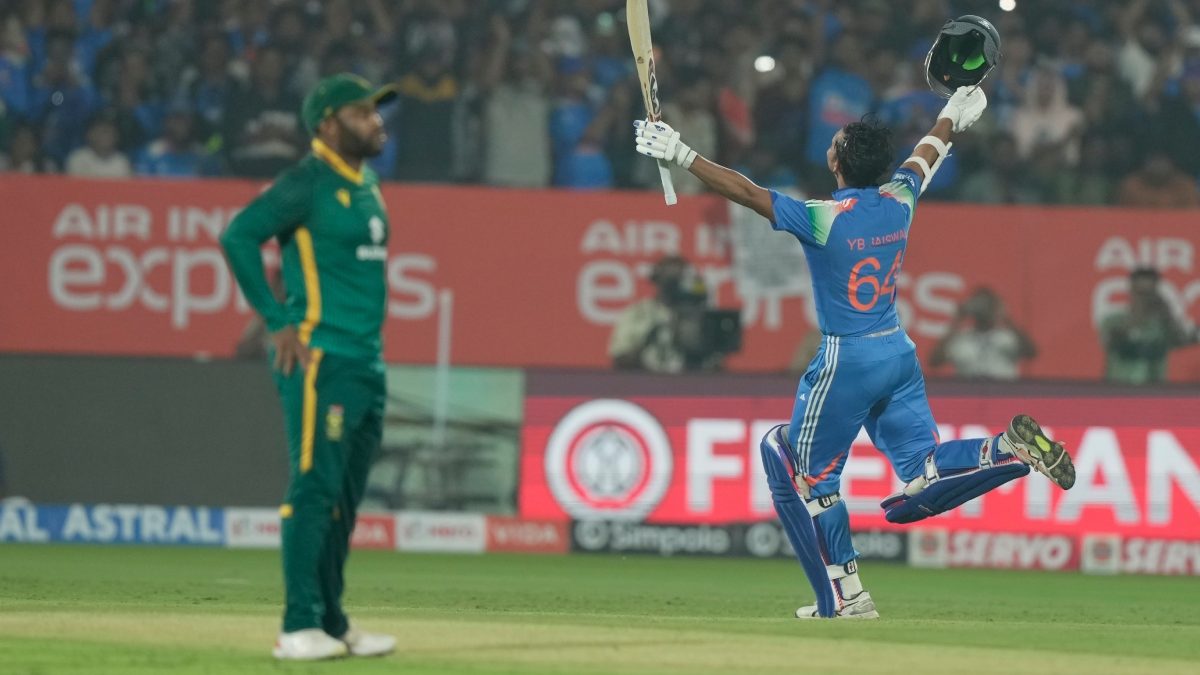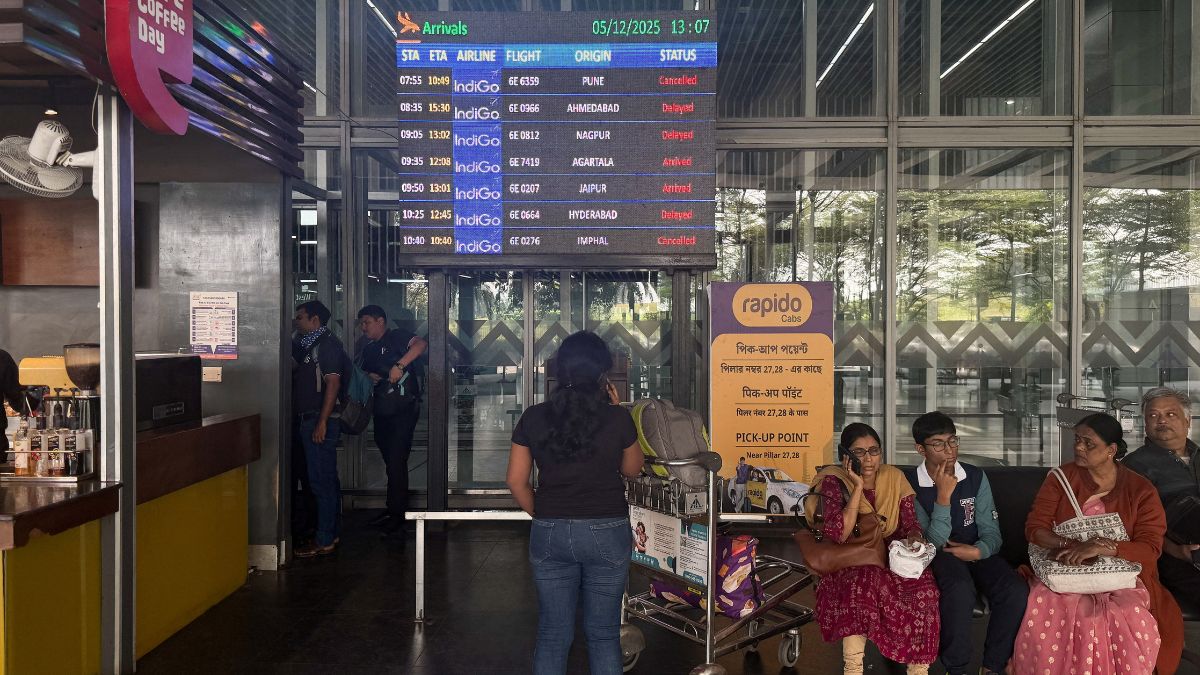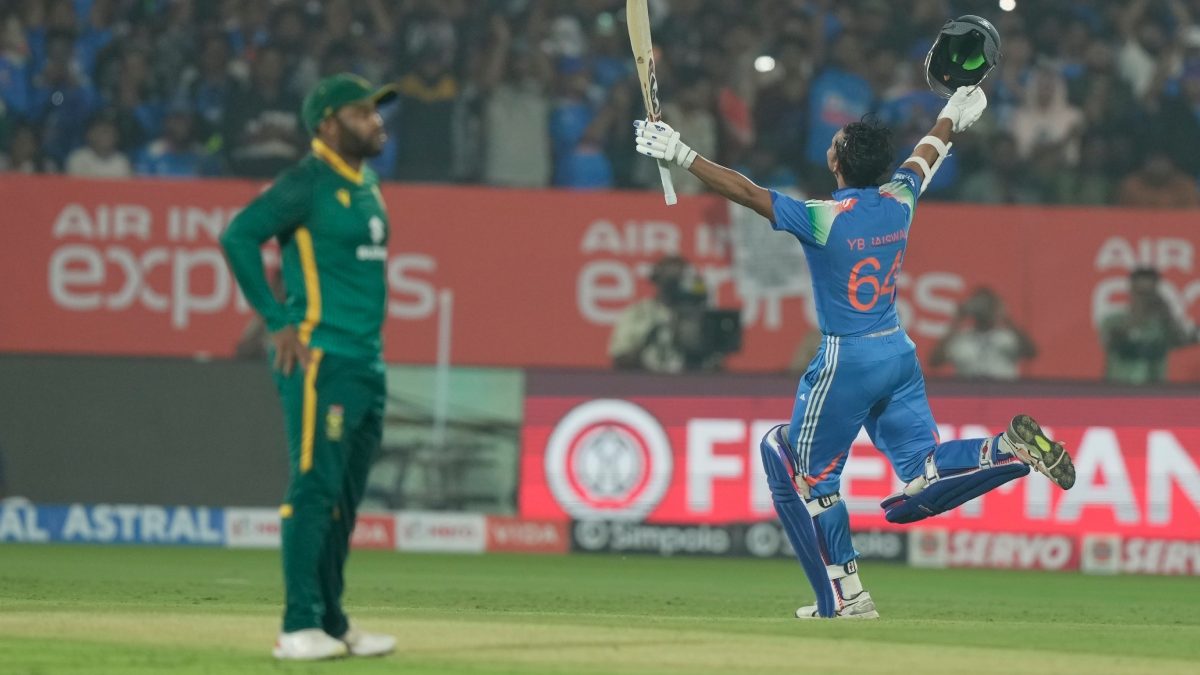It’s been just six months from the launch of what was and still is a very popular smartphone in the Android smartphone market, the OnePlus 3, and we already have its upgraded replacement called the OnePlus 3T. While the OnePlus One went big on bragging rights, the OnePlus 2 somehow fell short of its “flagship killer” title. But in our review of the OnePlus 3, we found out that OnePlus had finally matured, it has grown up now. This is how we have the OnePlus 3; a product that hit the sweet spot for many smartphone buyers looking for a flagship device in the past couple of months. But with the ever-evolving smartphone market, and more importantly, the launch of the
**Google Pixel**, OnePlus needed a device that could sustain its sales till the OnePlus 4 arrives in the coming year. It needed a smartphone that could keep its sales momentum going even when major flagship announcements start to pour in at the Mobile World Congress 2017 (MWC), which takes off in Barcelona, Spain in February next year. The OnePlus 3T is here to do just this. It is here to replace, the slightly outdated OnePlus 3 and packs in a few extras that may or may not appeal to the OnePlus 3 owner. So are these hardware improvements worth upgrading for OnePlus 2 and OnePlus 3 owners? Well, that’s what we are here to find out! Build and Design: 8 / 10 If you own a OnePlus 3, everything will seem pretty much identical. There is not a single change when it comes to build quality or design except for one new element and that is the finish.

 Instead of going with the standard Graphite finish like on the OnePlus 3, the company went in for a slightly altered version of the same shade and tagged it as ‘Gunmetal’. It’s a great colour and similar to the Soft Gold variant, it is unique. I placed it alongside the now older OnePlus 3 (Soft Gold and Graphite), and one can easily tell that it does look different.


 One thing that I did like about this new finish, is that it all the chamfered (and buffed) perforations on the metal body now stand out thanks to the new darker shade. I noticed this subtle touch even the first time I opened the box during our #techtalk Facebook live.
 Another minute detail is that the crown that rear camera is placed in has been given a shade that is darker than the standard chrome finish on the OnePlus 3.
 I always liked the design of the OnePlus 3 and 3T builds on it in most subtle way which is good considering that this is just its replacement and not technically its successor (which would be the OnePlus 4). Features: 8.5 / 10 The OnePlus 3T features almost the same specifications as the OnePlus 3 with a few upgrades and with the updated hardware, it stands at the very top when it came to performance as well. There’s the same 5.5-inch Full HD Optic AMOLED display on the front with a upgraded 16MP front-facing camera at the top and a fingerprint reader below the display that doubles as the Home button. On the back, we get the same 16MP camera accompanied by an LED flash as on the OnePlus 3. This time however, there is a sapphire coated glass that protects it instead of a regular one.
 Most of the changes take place on the inside. There’s a shiny new Qualcomm Snapdragon 821 chipset (instead of the 820) clocked at 2.35GHz coupled with an Adreno 530 GPU and the usual 6GB RAM. There’s now a 128GB storage option apart from the usual 64GB model, which is the one that I received for the review. One other detail that did matter, was that the new OnePlus 3T features a 3,400mAh battery instead of usual 3,000mAh unit, which should technically deliver better battery life. On the communications front, the OnePlus 3T retains its dual nano SIM card slot, Wi-Fi 802.11 b/g/n/ac, Bluetooth 4.2, DLNA, GPS with A-GPS, NFC and more. What is still missing is the FM Radio. The handset runs on Android 6.0 Marshmallow which is now a bit different with a mix of elements from both the global OxygenOS and China’s HydrogenOS. It was however sad to not see the Google’s VR Daydream make it here. Since OnePlus went with an older design built on Google’s previous guidelines, we can only expect the same to arrive with a new design on the OnePlus 4. Display: 8 / 10
 The display on the OnePlus 3T remains the same - 5.5-inch FullHD - as before, and at 400PPI it’s not a bad deal six months down the line either. The text remained sharp even at the smallest font settings and the colours and brightness levels remained intact even at the steepest viewing angles.
 The colours produced are a bit saturated but the new software allows for some better screen calibration options compared to the previous model. There’s now a default setting which is the most vivid one, followed by the sRGB which results in the most natural looking colours. The third selection in the menu tagged as ‘Customisation’ lets users change the hue using a slider. Back to the display, it seemed to be the perfect solution to stick to Full HD keeping the OnePlus 3’s battery life problems in mind. The display was bright enough both in indoor and outdoor environments and since there are no plans for VR or Daydream support ever, I was not going to miss a Quad HD display either. Software: 8.5 / 10 With OxygenOS now the norm on OnePlus smartphones, we were expecting the usual Nexus-like (or should I say Pixel) software experience with a few minor tweaks. But then a few months ago, OnePlus threw a bomb stating that they would be combining both its OxygenOS and HydrogenOS teams to deliver faster updates. While users can get a taste of the final result by using the beta software, OnePlus 3T owners get a special something that sits in between.
 Having used the beta Nougat ROM, I can say that OxygenOS v3.5.3 is a mix of the two excluding the underlying Nougat bits that are expected in an update that will arrive by the end of this month.
 With that said, there are a couple of changes that 3T owners will notice upon booting up their new device. Then there are a couple of new wallpapers in the customisations options, new icons for certain native apps, new theme selections (Default, Light, Dark) in the theme selector under Display options and a completely new palette for accent colours that are now a bit sober.
 The Shelf feature gets an upgrade and to be frank, it looks a lot better than the previous implementation. It still cannot be accessed from the lockscreen like on iOS 10, but I did end up going there to call up recent contacts. Like before, it simply shows off your recent apps and recent contacts with the rest of the additions being your standard Android widgets from third-party and native Google apps. With so little use, OnePlus might as well kill the feature instead. In terms of software navigation you still get the usual option to switch between the hardware buttons and the software on-screen navigation keys. While OnePlus 3 owners will notice the new updates, they are not a big deal, at least not big enough to convince them to switch. This is more so, because the upcoming Android 7.0 Nougat update is expected to deliver the same stuff to the older OnePlus 3. Performance: 9 / 10 The OnePlus 3 with its Snapdragon 820 and 6GB RAM had plenty of performance on offer. While it was initially capped at 4GB, OnePlus soon pushed out an update that let its users make use of what they had paid for.
 With that said, the OnePlus 3T one-ups the OnePlus 3 with its top-of-the-line Snapdragon 821 chipset. Currently, it’s the second one in existence on a production smartphone after the Google Pixel, and it trumps Google’s latest and greatest as well!
 Looking at the pure benchmark scores, the 3T indeed sits at the very top and in most benchmarks easily beats the Samsung Galaxy S7 as well. One thing’s for sure, it eats the Google Pixel for breakfast. Numbers aside, the OnePlus 3T performed pretty well when it came to playing games, launching apps, and showcased no stutter or lag whatsoever. The smartphone did not get too hot either while streaming video or playing demanding 3D games like Gear Club, Warhammer 40K:Freeblade, Asphalt 8: Xtreme, Real Racing 3 and many more. In day to day usage I noticed a slight bump up in overall performance and this is indeed thanks to both the faster chipset and the faster F2FS storage format (that should come to the OnePlus 3 with the upcoming update). Call quality was loud and clear at both ends and I had no complaints about the audio quality, coming from the headphones or the speaker at the bottom. The fingerprint reader placed on the front of the device felt pretty much at home for an iPhone user like myself and was quick and reliable as well, but no different from the OnePlus 3. Camera: 8 / 10
 The primary camera on the OnePlus 3T remains the same as the OnePlus 3. What has changed is the front-facing unit, which has gone from an 8MP unit to a 16MP unit. The front unit uses a Samsung 3P8SP camera sensor which produced some good-looking and shareable selfies. Compared to the OnePlus 3 these images surprisingly had less details and also looked less saturated. They were however not a massive leap over the previous camera, and certainly not a reason to upgrade to this smartphone from a OnePlus 3.
Performance with the primary camera is the same as it is on the OnePlus 3 with no significant improvement. The camera focuses pretty quickly, but there were times in low light situations (like the pub in the Flickr album) where the camera was not be able to lock focus. These occurrences were however very rare and its capabilities were commendable considering that there’s no laser assisted focus on board like on the LG, Sony and Asus units that we have reviewed in the past. Moving on to image quality, the images produced were pretty impressive. The sharpening was more on the aggressive side, but not bad enough to ruin an image. The colours reproduced look balanced and natural. Details in the images were intact; textures were the best that the smartphone’s algorithms could chomp out keeping both the ISO and noise reduction in control. There was luminance noise, but it was well-controlled and not overtly suppressed which produced some impressive results in daylight, twilight and low light conditions. The OIS kept most of the handshakes in control leading to blur-free images in low light. Video was pretty good considering the smartphone’s price point. Both photo and video quality of the OnePlus 3T will not defeat the
**Google Pixel XL** or the
**Samsung Galaxy S7 edge** but it sure comes close, which is impressive for a smartphone that is almost half the Pixel’s price. Battery: 8 / 10 If there’s one reason why satisfied OnePlus 3 owners would upgrade to the OnePlus 3T, it would have to be battery life. While the OnePlus 3 scored a poor rating in our review, it was penned down long before the software updates rolled out and kind of rectified the problem.
 The OnePlus 3T packs in a bigger 3,400mAh battery and this is big news. While the previous smartphone with the current software update will get you through a work day, it would die out pretty quickly if you happen stream video on 4G or play a couple of intensive 3D games. With the OnePlus 3T I can safely say that things have changed for the better. I easily managed to squeeze out a good 10-11 hours on a work day and often ended up with 18 percent left before I went to bed at night. While I was impressed with how the bigger battery fares with the improved chipset, I did have one annoying problem and this was a frequent one.
 As mentioned earlier, I managed to save up to 18 percent of battery before going to bed, but I always woke up in the morning to a dead smartphone that needed to be plugged in. I’m not clear as to what the problem is but it seems to be the doze mode that somehow refuses to sleep and keeps syncing data as usual, which kills the battery overnight. Thankfully, the Dash charger was quick enough to get the smartphone juiced up quickly in a hour’s time. The power drop is more of a software bug that OnePlus can easily rectify with a quick fix update. Verdict and Pricing in India The last time the OnePlus 3 arrived in India, there were plenty of competitors who had already launched their Snapdragon 820 offerings and even included some special stuff, like modular accessories and more. Nine months later, we saw the launch of what could easily be tagged as ‘Android perfection’ with the
**Google Pixel XL** that ushered in the era of the Snapdragon 821. While the Pixel XL still retains the title of holding the highest price tag (Rs 67,000 for 32GB) for an Android smartphone, it also seems to have lost quite the following that came from the Nexus brand just because of same reason.
 Simply put, Google’s loss should be OnePlus’ gain as it is currently the only worthy offering that gives buyers the latest Snapdragon 821 chipset, loads of RAM, 128GB internal storage great bloat-free software and an impressive camera for just Rs 34,999. As you may have already noticed by now, the OnePlus 3T makes for an upgrade only if you are not satisfied with the OnePlus 3’s battery life. It brings nothing substantially new for a OnePlus 3 user so it is not a recommended upgrade.
 It is however a big deal for a Nexus 5 users who was probably waiting for the next Nexus and cannot figure out why the Pixel XL is priced so high. In short, the OnePlus 3T stands tall on its own as a great value for money offering with little or no compromise. Until February (MWC 2017), there is no better offering in this segment, so it does seem that the OnePlus 3T indeed pulled off what it was meant to do, deliver value and quality at the right price, and keep the OnePlus 3 a hit product until the OnePlus 4 arrives in June next year.
The OnePlus 3T indeed pulled off what it was meant to do, deliver value and quality at the right price, and keep the OnePlus 3 a hit product until the OnePlus 4 arrives in June.
Advertisement
End of Article


)

)
)
)
)
)
)
)
)



